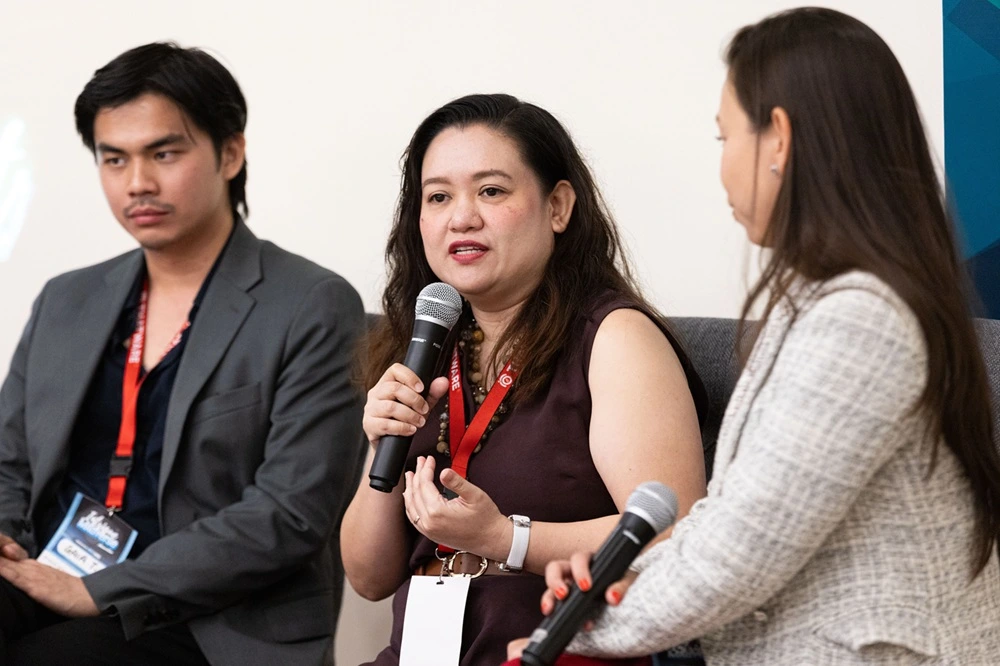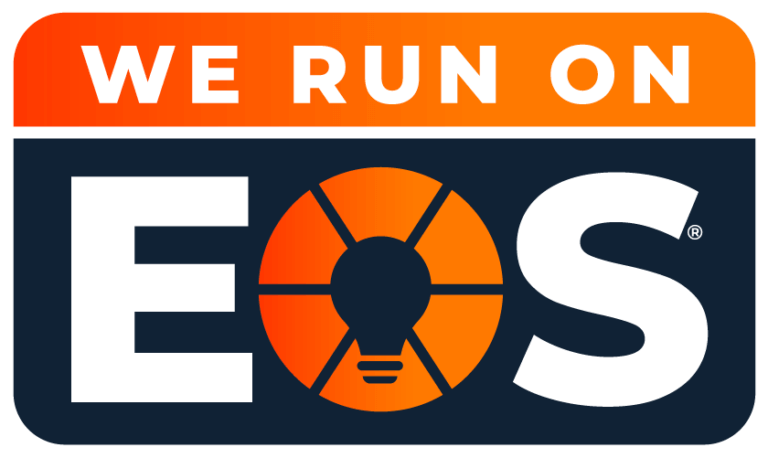What does it really take to balance technology and creativity in today’s marketing world? The intersection of creativity and automation in marketing was a key topic at the 47th Intrigue MAdVerse Summit 2025. Andrea Toribio, Head of Marketing at PeoplePartners, took the stage to share her refreshingly honest and deeply practical take on how AI and human creativity can work together without compromise.
Here’s a look at her top takeaways from the panel, and why PeoplePartners champions a future where automation doesn’t replace creativity. It amplifies it.
On Leading with Both Heart and Tech
Andrea Toribio, the Head of Marketing at PeoplePartners, is at the forefront of blending AI and creativity in marketing operations. During her panel at the 47th Intrigue MAdverse Summit 2025, Andrea opened with a clear picture of just how integrated AI has become in her team’s day-to-day workflows.
“We have at least 12 AI tools.”
These tools support functions ranging from writing and design to predicting ad performance and generating subject lines. But Andrea was quick to clarify that AI isn’t a replacement for human thinking.
“It gets you 80% of the way, but there’s always that necessary step for humans to intervene.”
That’s why Andrea and her team, have focused heavily on building a robust knowledge base and putting guardrails in place. These aren’t just abstract concepts. They’re structured systems including SOPs, brand frameworks, and messaging guides, all maintained in megabytes of detailed Excel sheets.
At PeoplePartners, AI is a tool, not a shortcut. It fits within a broader system of human creativity and quality control.
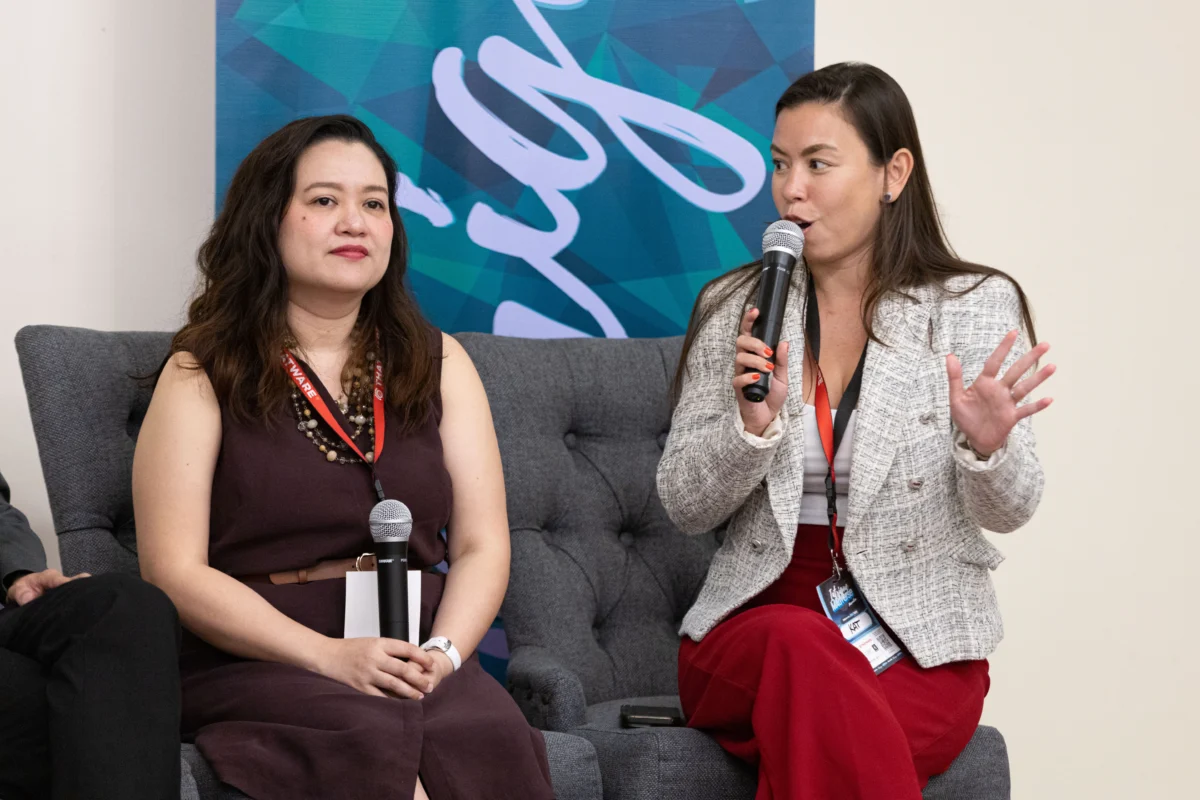
The 80/20 Rule: Why Human Creativity Still Wins
Andrea echoed a principle that resonates across high-performing marketing teams. AI can take you far, but it’s the final human layer that makes content meaningful.
“That 20% would be about really researching, brainstorming, and planning… thinking about the frameworks, about how the AI is supposed to help us.”
At PeoplePartners, this means carefully selecting AI tools with clear goals in mind. Her team builds LMSs and knowledge bases with strict content criteria and brand rules.
“We have megabytes worth of Excel files… tables of what you do, what you say, what you don’t say.”
It’s a deliberate front-loaded effort that prevents wasted time and off-brand output later.
“It’s taxing. It’s exhausting. But it’s worth the investment. Because then you don’t end up with results that you’re gonna end up fixing anyway.”
The final result is content that’s not only faster to produce but also fully aligned with PeoplePartners’ voice and standards.
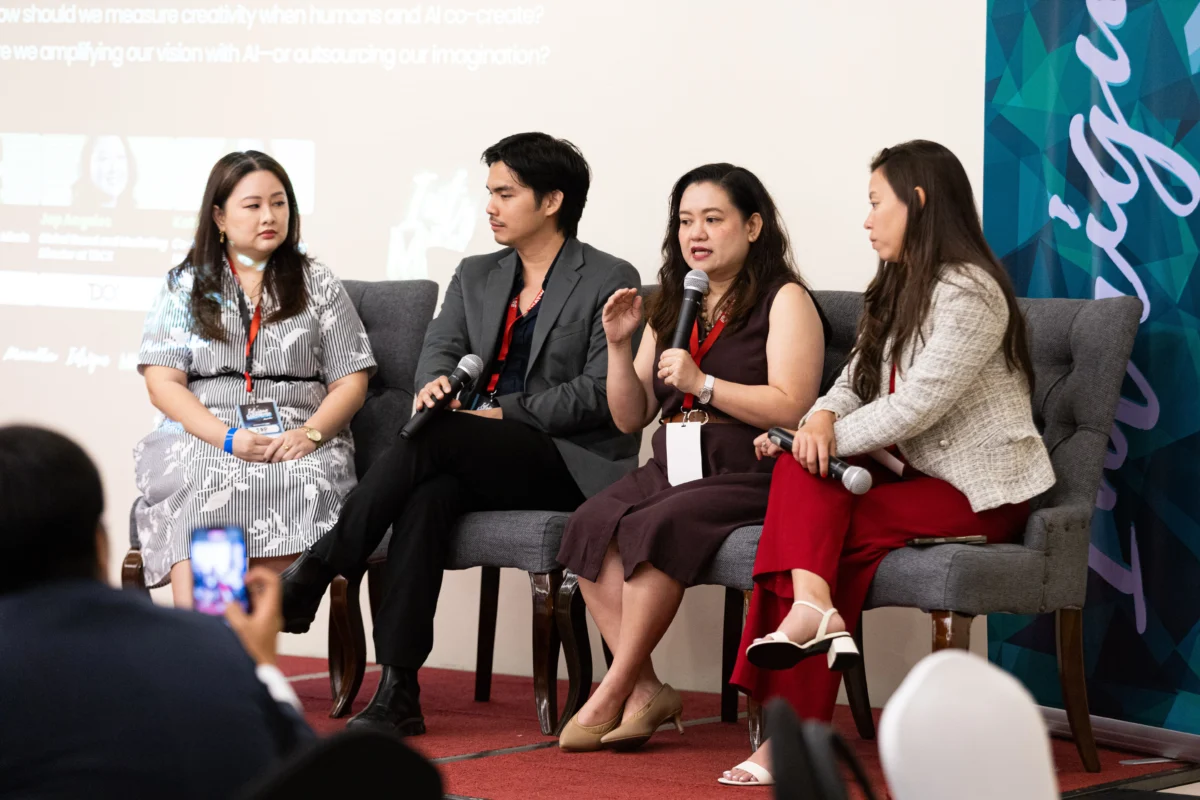
Empowering Creatives, Not Replacing Them
One of the most discussed fears in creative industries is the idea that AI will replace human designers. Andrea tackled that head-on with a balanced view, rooted in her own background as a designer.
“For me, it’s quite easy ‘cause I come from a design background myself. I would always highlight that this will elevate you, not replace you.”
She speaks the language of designers and reframes AI as a tool for scalability, not substitution.
“The time that you save will give you more time to be more creative.”
Still, Andrea acknowledged the emotional complexity involved.
“Design is very subjective… and when creatives feel their work is being replaced by AI, they feel devalued.”
Her solution? Create clear boundaries. Repetitive, low-impact tasks like routine social banners can be delegated to AI. But emotionally resonant, high-impact work stays with humans.
It’s a respectful, strategic balance. One that PeoplePartners lives by across teams.
The Maturity Mindset: Critical Thinking in the Age of AI
Beyond tools and templates, Andrea spotlighted a deeper issue: The mindset needed to use AI responsibly.
“Typically I’ve seen it. For junior staff, they want to be praised. So when they use ChatGPT… it says ‘That’s a great idea!’ They run with it without question.”
This creates a false sense of confidence and leads to ideas that might not actually serve the business. Experienced professionals, Andrea said, approach AI differently.
“I would say, ‘ChatGPT, evaluate this. Tell me where I’m wrong. Tell me where this is weak.’”
It’s not about blindly following machine output. It’s about conscious use and critical thinking.
“They’re not just relinquishing creativity. They’re also relinquishing their critical thinking.”
That’s why PeoplePartners leaders mentor junior staff to evaluate and challenge AI suggestions, ensuring critical thinking stays at the core of content creation.
Build It, Don’t Forget It: Why Feedback Loops Matter
Andrea emphasized that good AI systems are not “set and forget.” They require ongoing feedback and iteration.
“After the content is published, we look at the analytics… and we feed that back into the AI.”
Her team monitors content performance, such as how long users stay on the page, which messages resonate, which don’t, and uses that data to improve future AI outputs.
She gave an example of testing an AI tool that promised to optimise ad copy.
“It rated its own copy much higher than ours. But when we ran the ads, our copy had a 33% click-through rate. The AI version had 5%.”
The takeaway? Without performance testing and human review, even expensive AI tools can miss the mark.
Creativity First, Tech Second: Hiring for the Future
When asked about the future of hiring in marketing, Andrea was clear.
“Definitely creativity first. Then technical aptitude.”
Creativity, she explained, is shaped by lived experience. Something you can’t teach in a course or automate with prompts.
“You can teach someone how to use a tool. You can’t teach someone to be creative.”
That said, technical fluency is still essential. Today’s marketers are measured not just on aesthetics but on ROI and results.
“If you’re not technically competent, it sacrifices your creativity in a way. Because then you can’t think, ‘Oh, I can connect this with that and automate it.’”
So, Andrea looks for creatives who think strategically and aren’t afraid of tech. Exactly the type of people PeoplePartners hires to drive client success.
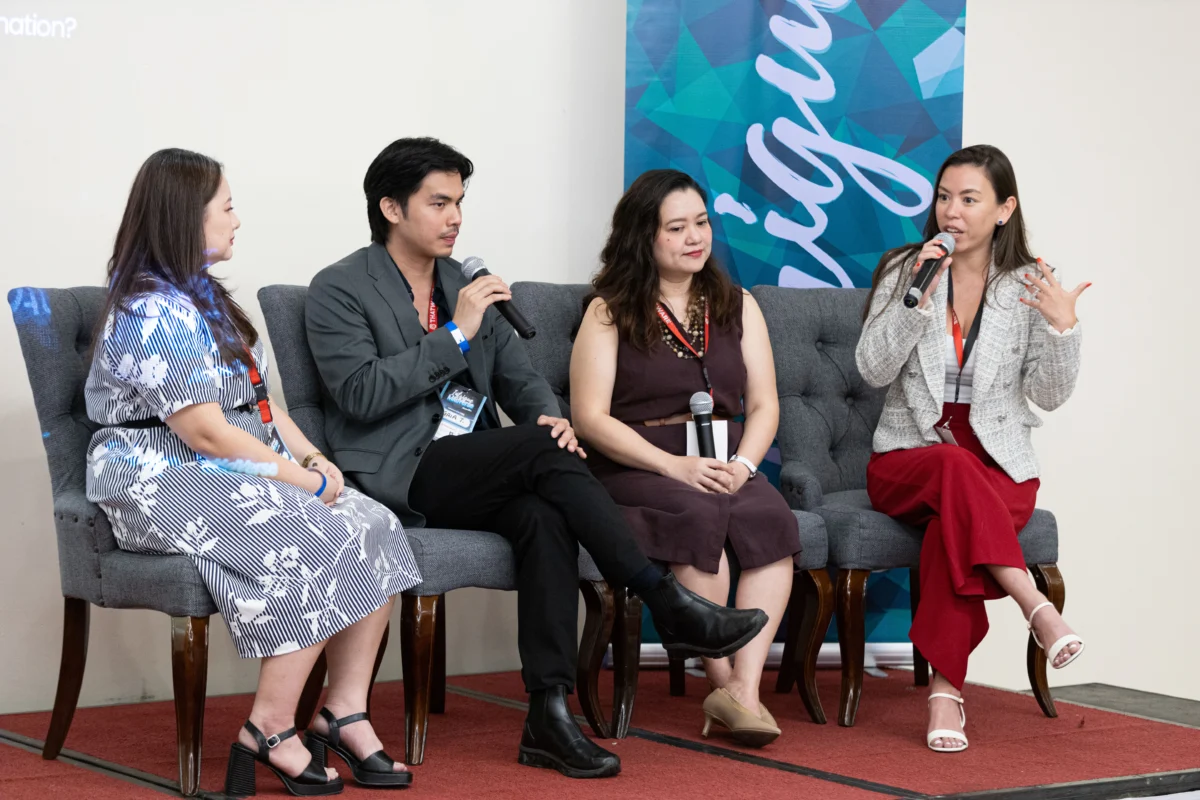
The Bottom Line: Care About Your Audience
Andrea’s closing thoughts cut to the heart of the matter. AI should never be used carelessly, because careless output reflects poorly on your brand.
“If you put something out there and it doesn’t connect, it’s bad. But if it looks creepy… it’s worse.”
She cited three reasons why AI often fails. Lack of education, laziness, or worst of all, underestimating your audience.
“If you care genuinely about your audience, you’re gonna think, ‘This looks creepy. This doesn’t make sense.’”
That’s why PeoplePartners builds systems that prioritise empathy and real‑world impact, not just efficiency. Our team’s supportive culture is a cornerstone of this philosophy, and it’s one reason we’re now Great Place to Work® Certified!
Andrea’s approach reflects the PeoplePartners philosophy. Embrace the tools, but never lose sight of the human.
We believe AI is powerful, but people are irreplaceable.
Want to work with a team that values both tech and talent? Explore our open roles and join our team.
